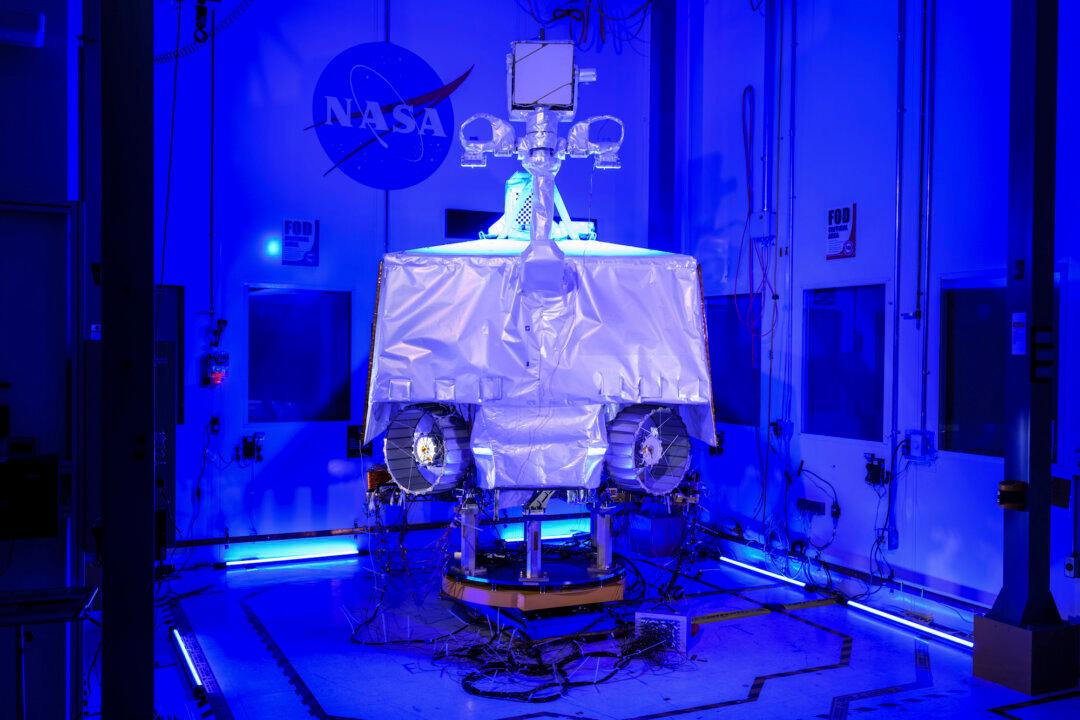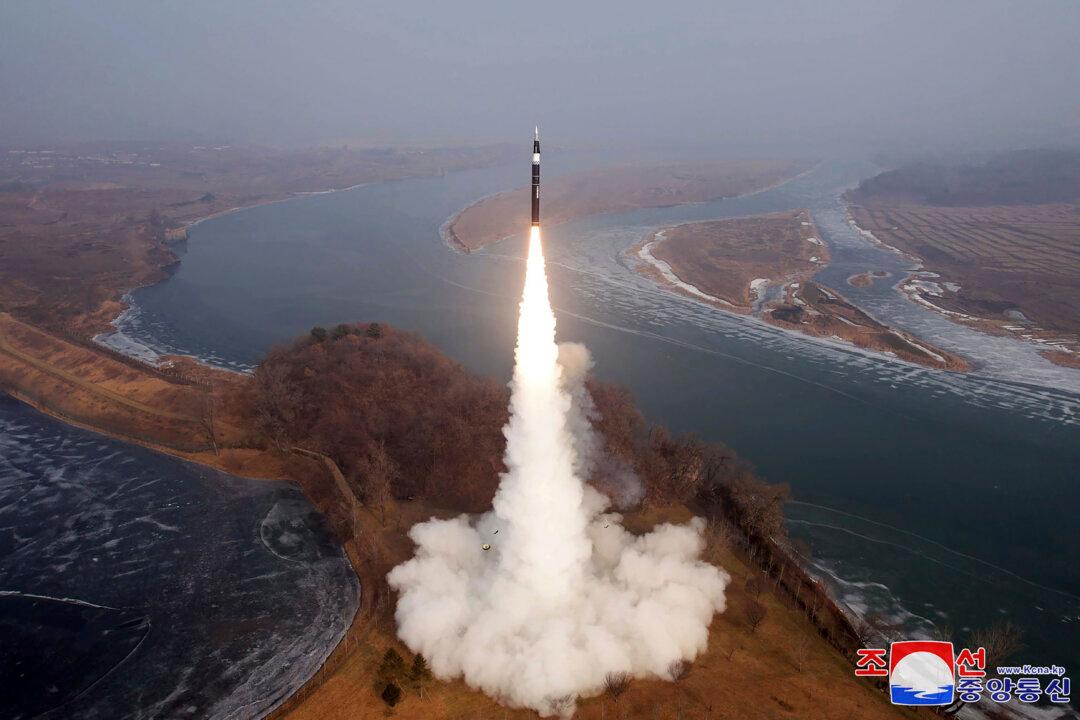NASA has canceled its plan to land a robotic rover on the Moon to search for ice and other potential resources, after spending $450 million.
The plan involved landing what is dubbed the Volatiles Investigating Polar Exploration Rover, or VIPER, near the lunar South Pole, which scientists suspect may harbor ice.





